Making a great summer album is relatively straightforward — you put together a few breezy bangers with just a hint of melancholy that the season doesn’t last forever. Winter music is similarly self-evident: minor chords, chilly synths and sombre lyrics that feel like watching the sun set at 4 p.m. But crafting an autumnal body of work is a uniquely tricky proposition, capturing the transitional nature of the fall requires an artist who can make us feel the elation of a beach day with your friends and the wistfulness of knowing those tender moments are firmly in the rearview.
Fortunately, fall 2023 has already given us several terrific records that embody this inevitable but impactful shift. Olivia Rodrigo’s sophomore LP GUTS balances glossy pop punk with soul-bearing balladry, and albums by Romy and Troye Sivan are smart subversions of crying-in-the-club tropes that have dominated the last decade of dance music. Our slate is rounded out by a one-liner masterclass from Detroit rapper Cash Kidd, and an ambitious update on Chicago footwork music by producer Jlin.
Whether you’re clinging onto the last scraps of summer by dragging your friends to the park for a picnic on a 55-degree day or eagerly awaiting an excuse to spend the entire weekend indoors, these top fall albums will surely hit home.
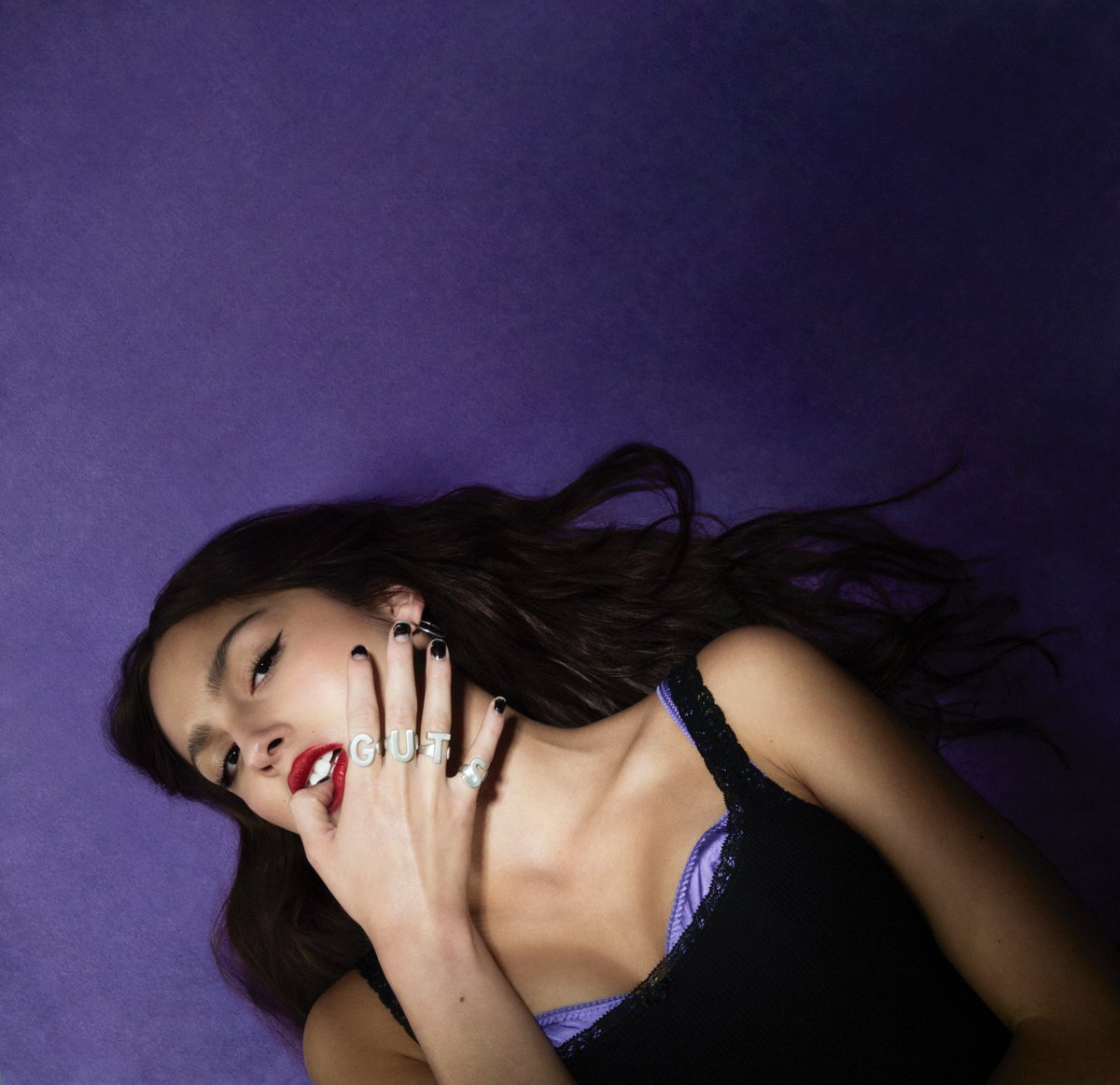
Olivia Rodrigo, Guts (8 September)
The pop punk Y2K revival isn’t going anywhere, and neither is Olivia Rodrigo, whose sophomore album captures adolescent agony and ecstasy (mostly agony) with memorable writing and even more memorable hooks. Fans of the Olivia we got on “Good 4 U,” one of the best pop hits of 2021, will find plenty to love about Guts, and the 20-year-old singer-songwriter presents us with dozens of sharp, incisive, self-effacing bars.
Olivia shot out of the gates with her debut album, Sour, an LP that toed the line between preternatural insight and all-too-common youthful angst. Guts deepens her repertoire with some of her strongest ballads (“Lacy,” “Teenage Dream”) and foot-stomping jams (“Ballad of a Homeschooled Girl,” “Get Him Back”). Lead single “Vampire” is an arresting breakup track, with Olivia not letting herself off the hook for ignoring the warnings issued by her ex’s exes. “And every girl I ever talked to told me you were bad, bad news / You called them crazy, God, I hate the way I called ’em crazy too,” she admits through a crescendoing melody that makes sharp use of her musical theatre roots.
When an artist emerges out of nowhere like Olivia Rodrigo did, there’s naturally scepticism about whether they’ll burn fast and bright before receding from the spotlight. Olivia proved she wouldn’t suffer that fate with Sour, but any lingering doubters should be converted with her sensational work on Guts.

Romy, Mid Air (8 September)
The last member of The xx to release a solo album, Romy Madley Croft’s Mid Air sees the English singer-producer-instrumentalist offer a warm, kaleidoscopic take on dance pop that captures the electricity of brushing your skin against a stranger and realising neither person did so by accident. The LP expands on her terrific work on songs like Jamie xx’s “Loud Places” and the band’s “Say Something Loving,” while allowing her to show the breadth of her skills and ambitions behind the boards.
Romy told Them that she and fellow xx vocalist Oliver Sim had deliberately downplayed their queerness in the band’s early work while trying to find a mainstream audience, and it makes the unfettered embrace of her identity on Mid Air feel both poignant and celebratory. There’s no ambiguity here, from opening cut “Loveher,” which sees Romy capturing the intimacy of dancing with a partner, all while still navigating how public she wants the relationship to be. “Hold my hand under the table / It’s not that I’m not proud in the company of strangers / It’s just some things are for us,” she sings contemplatively.
There’s a warmth and hypnotic circularity to the production on Mid Air, largely handled by Romy herself with assistance from Fred again and a few cameos from names like Jamie xx and Avalon Emerson. On “Strong”, Romy and Fred craft a tender, empathetic track that shines and soars like an early 00s European club hit. “The Sea” features a beguiling siren song of a melody, first played on guitar then sung by Romy, which makes the track feel like a love song less about a human and more about a selkie or merfolk. “One Last Track” sees Romy team up with producer Stuart Price, who helped usher in Dua Lipa’s dance music reign, and it’s probably the album’s most conventional electronic music moment – building to a drop you can picture echoing through arenas.
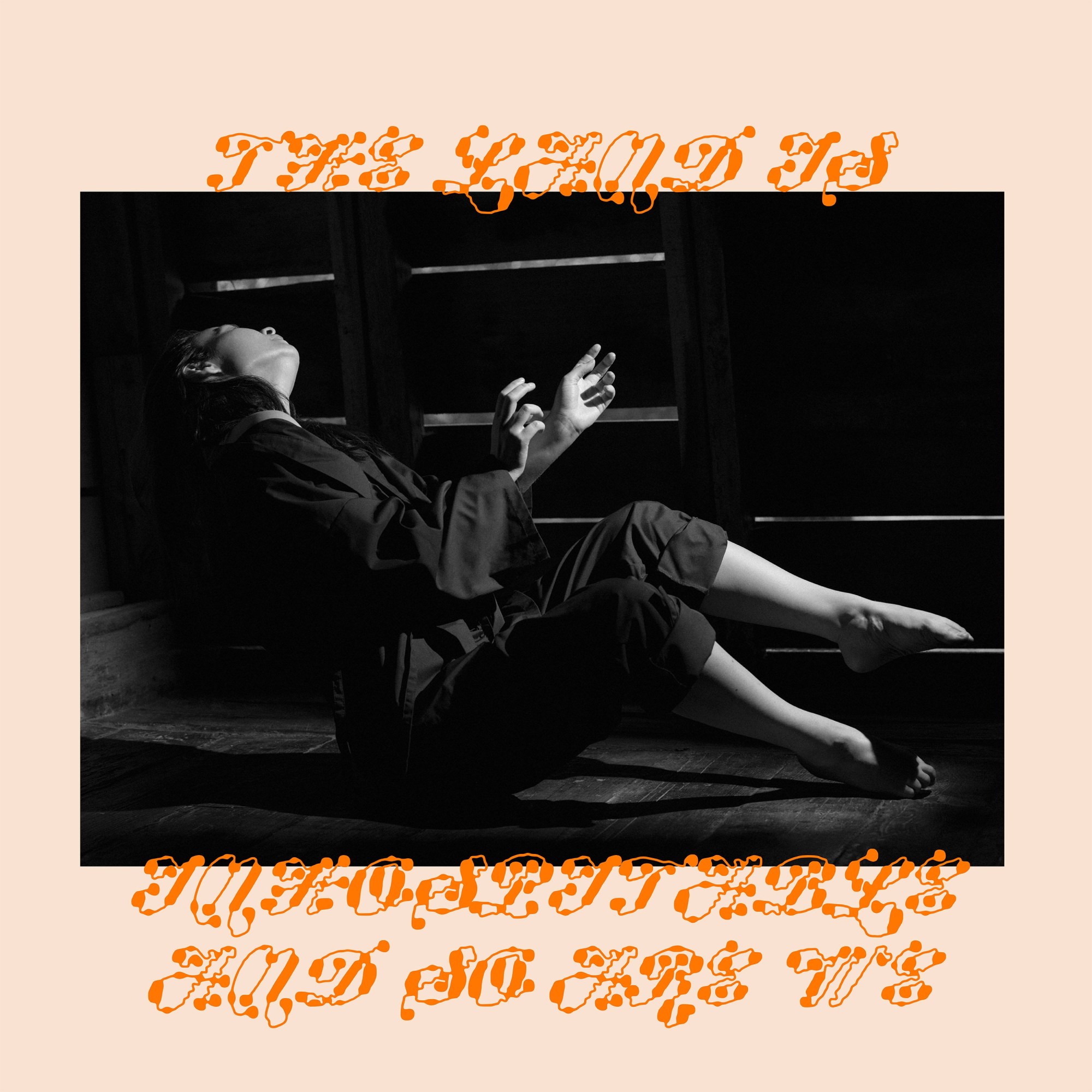
Mitski, The Land is Inhospitable and So Are We (15 September)
Back in 2018, Mitski scored a surprising crossover hit with “Nobody”, a disco song about isolation abroad with a one-word hook that’s nearly impossible to mimic. Fast forward to 2023, and she’s one-upped herself with “My Love Mine All Mine,” a bluesy ode to how affirming love feels when little else is going your way. The track became an unlikely hit, even topping Billboard’s TikTok chart, making it onto the U.S. Hot 100, and reaching the top 10 in the U.K. That smash single, and the rest of Mitski’s seventh studio LP, cement that the critical darling has found a way into the mainstream without sanding down her eccentricities.
The Land Is Inhospitable and So Are We uses the sonic trappings of folk and country to great effect, from the twangy slide guitar on “The Frost” to the delicate acoustic strums of “I’m Your Man.” Those forays into Americana are balanced by ethereal chamber pop with “Heaven” and “Star,” the latter of which swells like it’s the final piece of a full-size symphony orchestra performance. Mitski has been incorporating robust string sections into her vulnerable songwriting since she was releasing albums as a college undergrad 10 years ago, finding a way to use grand scale to capture feelings of depression, heartbreak and loneliness. Like an indie film director successfully adapting to bigger budgets, audiences and expectations, Mitski has established – beyond a shadow of a doubt – that she can thrive in any musical context.
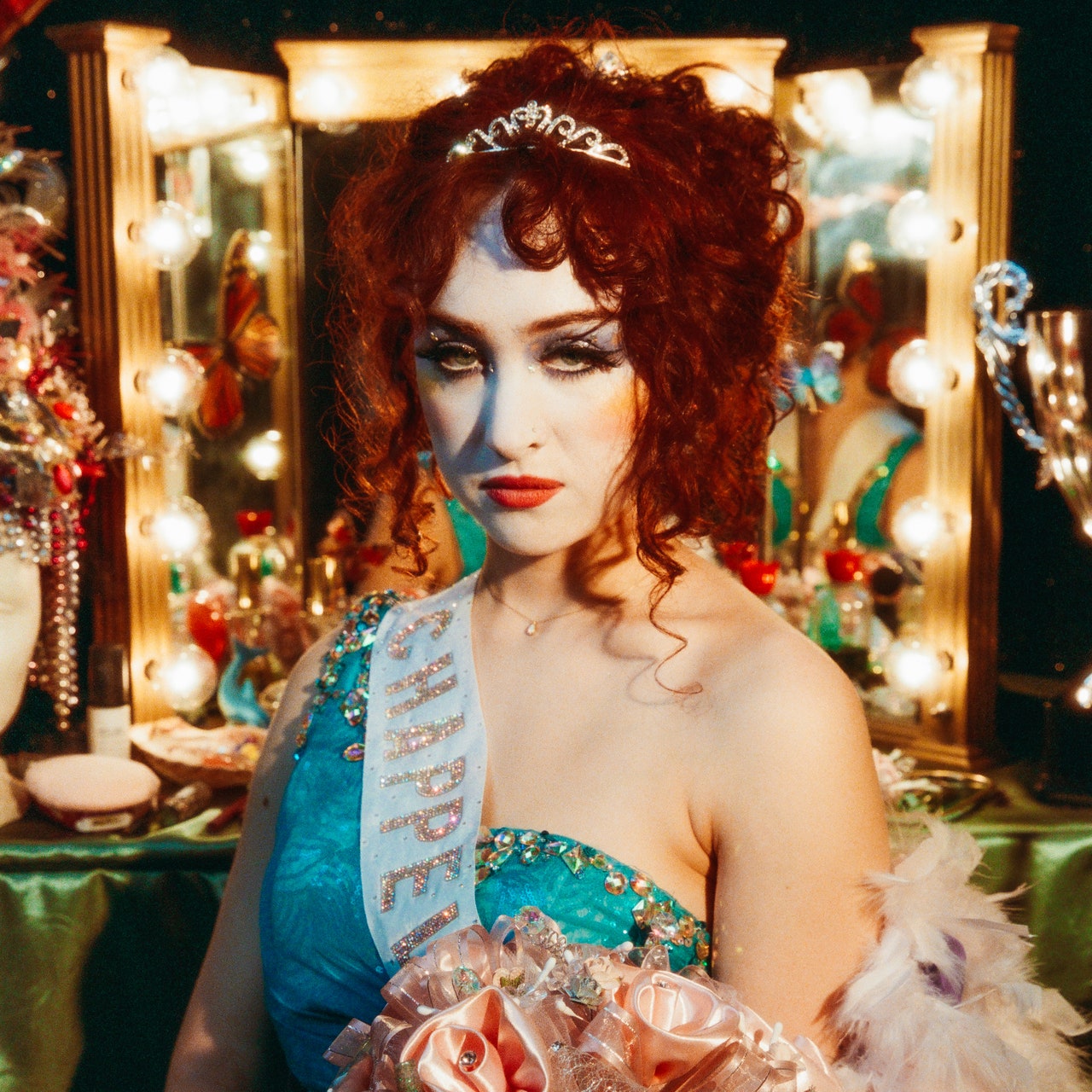
Chappell Roan, The Rise and Fall of a Midwest Princess (22 September)
This year may not have a more enjoyable opening run on an album than Chappell Roan’s The Rise and Fall of a Midwest Princess. Beginning with “Femininomenon,” the 25-year-old singer-songwriter manages to vividly capture the exhausting cycle of “online love,” while also sending up the morose balladry of the verses in one of the best meta musical moments of 2023. “Red Wine Supernova” is a blast, from lyrics so visceral you’ll feel them physically (“She did it right there out on the deck / Put her canine teeth in the side of my neck”) to a shouted bridge that feels like the musical equivalent of a Rachel Sennott stand-up bit (“Back at my house / I’ve got a California king / Okay, maybe it’s a twin bed / And some roommates (Don’t worry, we’re cool)”). “After Midnight” is a fresh, shimmering spin on contemporary disco; it would’ve been a chart-topper had it been first recorded by a major label pop star.
But the main selling points for Rise and Fall are Chappell’s incisive, wry writing and unique enunciation. “Casual,” first released in October 2022, remains a terrific dissection of non-commital modern dating (“It’s hard being casual / When my favourite bra lives in your dresser”), with a mammoth hook both funny and bracing.
Chappell is a distinctly modern artist for her representation of both queer culture and Gen Z issues, but she comes from a storied lineage of deeply original songwriters, recalling Alanis Morisette or Fiona Apple, but with a mission to, as she says on “Femininomenon,” “Play a song with a fucking beat.”
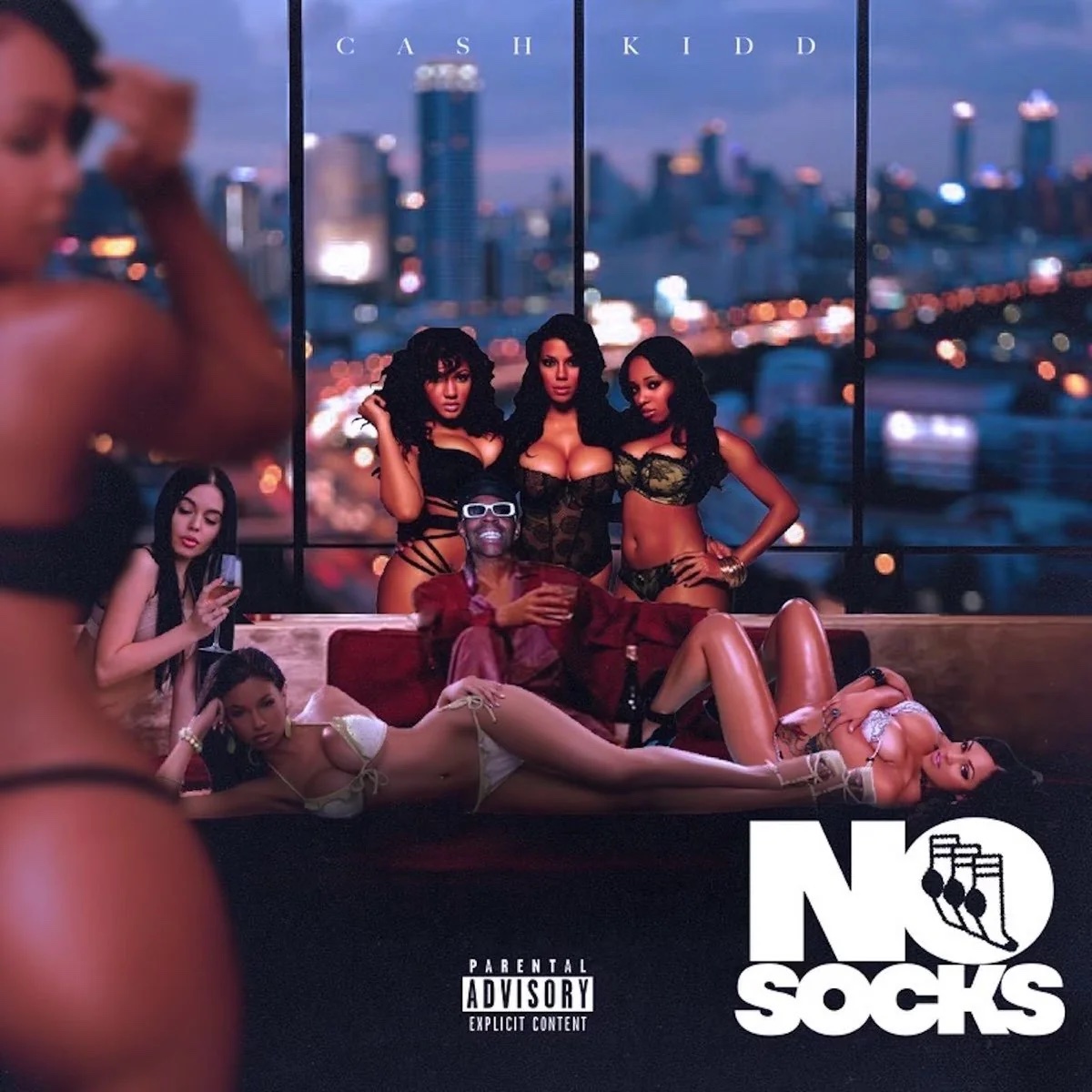
Cash Kidd, No Socks 3 (29 September)
All too often, conversations about hip hop’s greatest lyricists hinge on laboured over double (and triple) entendres and maudlin narrative raps. But just like with screenwriting, comedy is a rare skill, and can be a tool for personal revelations Trojan horse’d in among side-splitting lyrics. Detroit rapper Cash Kidd peppers his verses with countless colourful pop culture references and deadpan one-liners that it’s hard to catch them all in a single listen. His latest mixtape No Socks 3 is no exception.
Even mundane brags turn out to be a blast on No Socks 3, where Cash Kidd compares his pointer earrings to porcupines and shark fins, posits that an enemy’s lack of taste is a coronavirus symptom and likens a rival to Scooby-Doo because he has a “whole van full of snitches.” Sometimes, it doesn’t even matter what he’s saying – his “tsk” adlib contains more disdain than some MCs’ entire verses, and Cash Kidd finds catchy melodic pockets on songs like “Teary Eyed” that suit his nasally voice.
Though the Midwestern rhymer hasn’t quite crossed over like collaborators Babytron or Icewear Vezzo, he embodies the best of what Detroit hip hop can be. His third longform release since December 2022, Cash Kidd has established himself as one of those endlessly inventive artists who never seems to suffer from writer’s block. Rap is better for it.
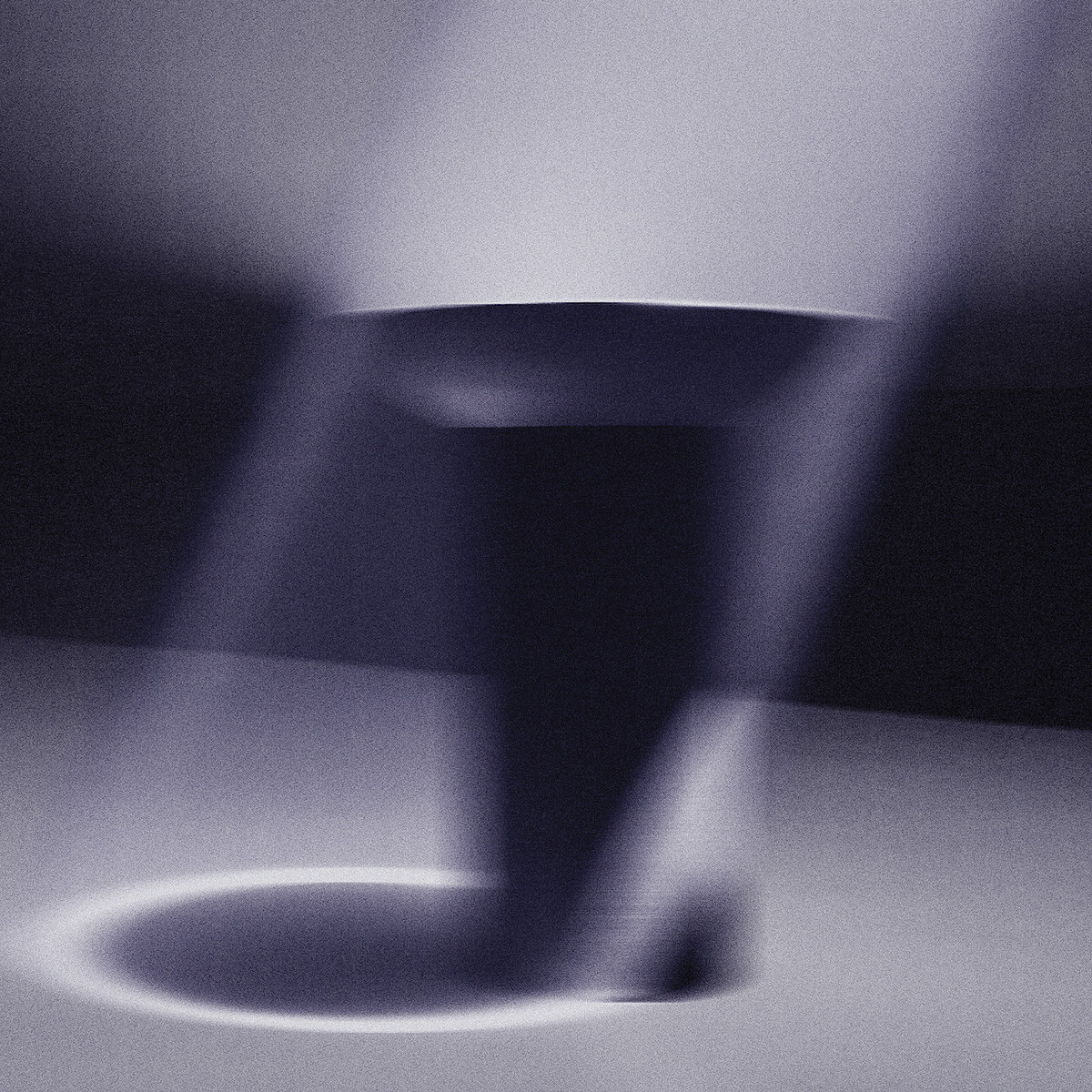
Jlin, Perspective (29 September)
Jlin cut her teeth in Chicago’s storied footwork and juke scene, but the producer and DJ has always brought a singular perspective that’s made her both a club staple and a critical darling. Her latest EP, appropriately titled Perspective, follows a 2022 Pulitzer Prize nomination, and sees Jlin reframing tracks she made with Third Coast Percussion in an electronic context.
Based on pieces commissioned by Third Coast in 2020, Jlin showcases an ambitious, fearless creativity throughout the album, expanding on the tried and true formula of footwork music. “Fourth Perspective” combines quick-twitch snares and hi-hats with eerie synthesisers that recall 90s Memphis occult rap, while “Paradigm” shifts effortlessly between frenetic cacophony and metallic minimalism. The graceful hand drum rolls on “Dissonance” are guaranteed to get your head moving, and the song keeps the listener rapt despite no conventional melodic instrumentation.
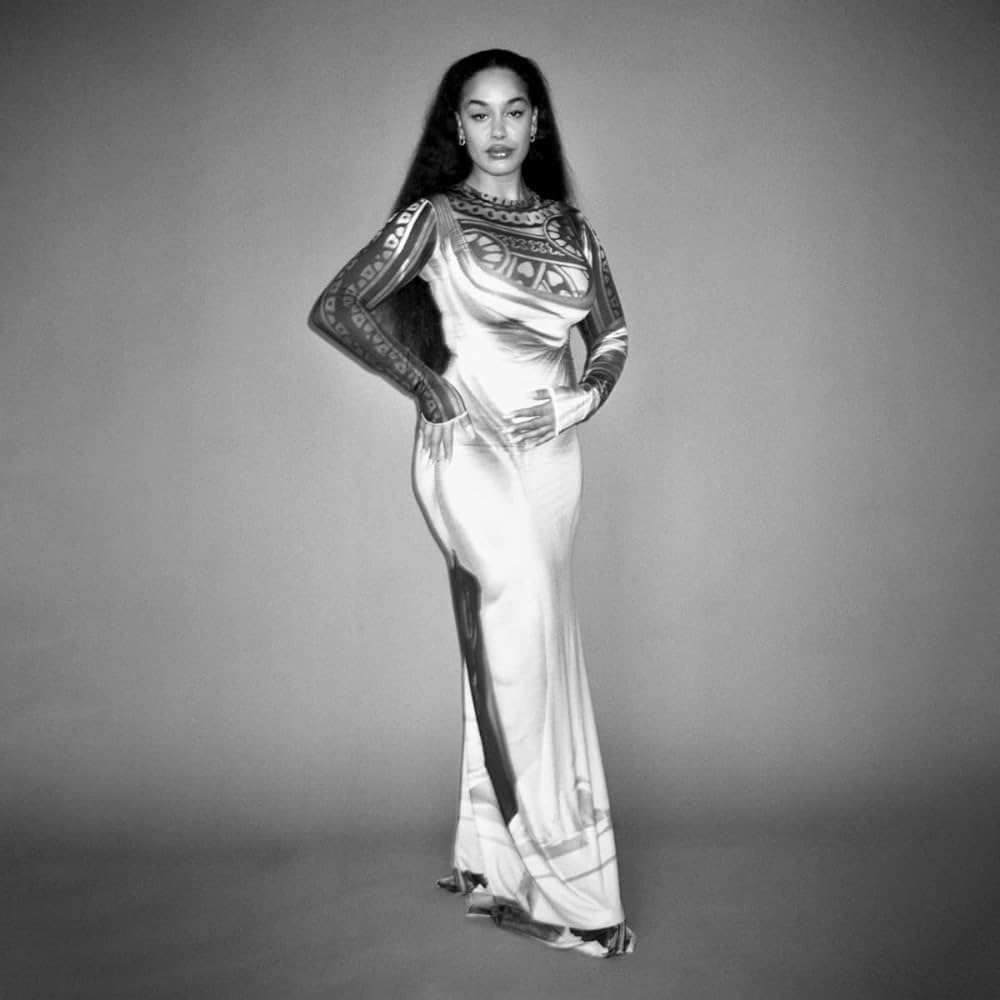
Jorja Smith, Falling or Flying (29 September)
Jorja Smith has the kind of powerhouse voice that can carry an album full of ballads and soulful slow songs, but she’s often at her best when her music is imbued with a sense of brightness. On Falling or Flying, the British star’s first LP in more than five years, she gives us a project full of her signature soaring vocal runs and resonant romantic tales, but with enough tweaks to the Jorja Smith formula to represent a step forward in her artistry.
Jorja said that Falling or Flying’s comparatively uptempo sonic palette wasn’t intentional, but its effect is noteworthy when cast against 2018’s Lost & Found. Her voice, which naturally sits in a honeyed lower register, but can reach evocative highs, is so wonderfully emotive that her more sombre songs can often be emotionally exhausting. The skittering percussion of “Little Things” takes cues from “On My Mind,” Jorja’s 2017 garage-oriented single, while the appropriately titled “GO GO GO” has a pop punk urgency with its pounding snares and chugging guitar chords. “Greatest Gift,” Jorja’s loving collaboration with reggae riser Lila Iké, marks a high point for the record, combining a jazzy bass line, a 90s R&B groove and even flecks of gospel choir into one cohesive piece overflowing with warmth and care. That track sums up what makes Falling or Flying special – it’s an album that envelops and uplifts, the kind of record that’s meant to be savoured.
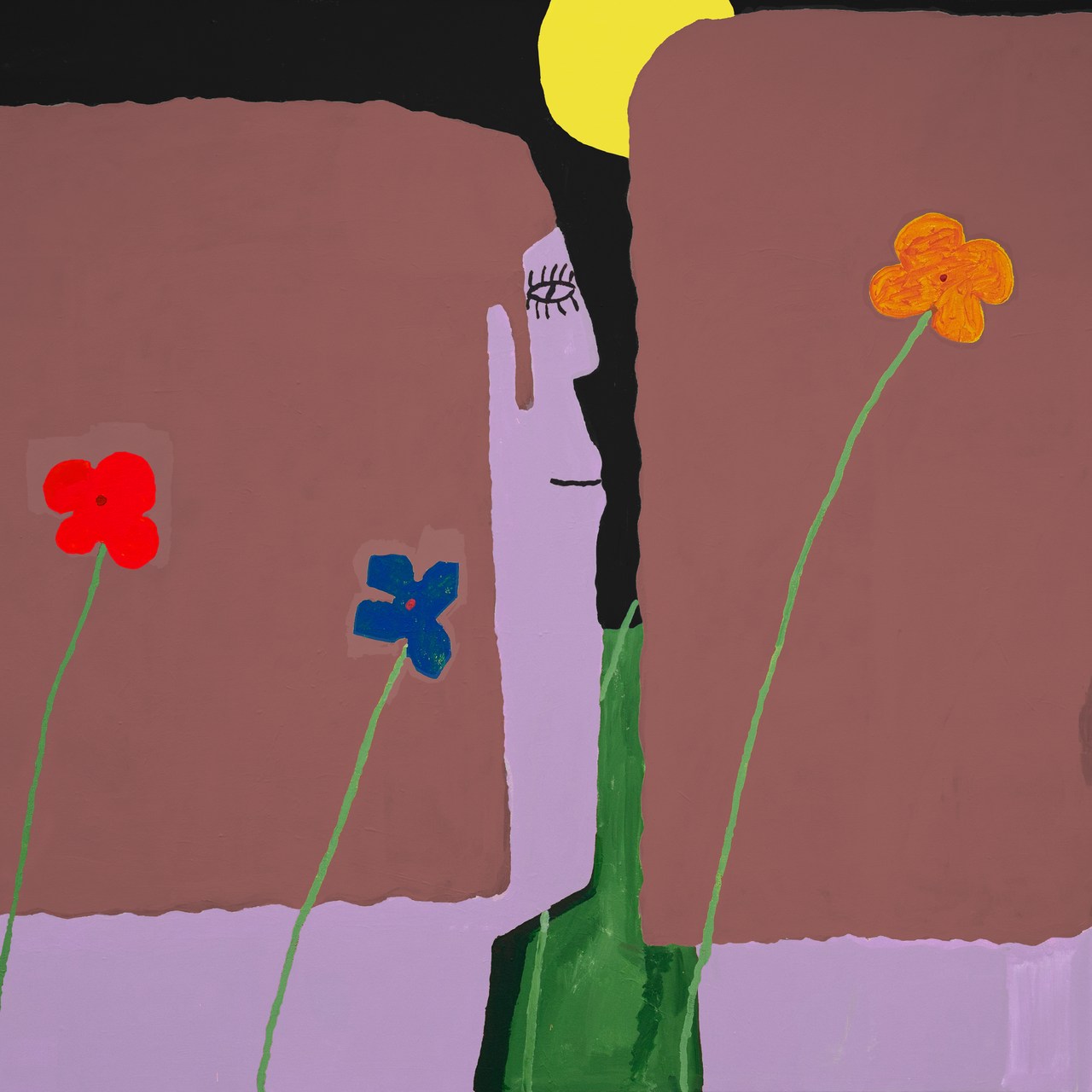
Slow Pulp, Yard (29 September)
Originating in Wisconsin but coalescing as a band in Chicago, the fast-rising group Slow Pulp is fluent in the many languages of Midwestern indie rock. On the excellent sophomore album Yard, we hear Slow Pulp delve into regional emo (“Gone 2”), the 90s scene that birthed seminal acts like Liz Phair (“Doubt”) and lo-fi garage rock (“Cramps”) across a brisk 27 minutes. The band’s occasional forays into alt-country have been the subject of much media coverage, but beyond just the sonic similarities, they capture the rich, unvarnished storytelling of great tracks by Dolly Parton or Johnny Cash.
Lead singer Emily Massey captures a broad range of emotions while still feeling naturalistic, recalling the work of Lucy Dacus or Snail Mail’s Lindsey Jordan. The piano ballad title track is a moving reflection on ageing, reckoning with your family dynamic and having the last tendrils to your childhood severed. “They put the ‘House For Sale’ sign up / Didn’t think that I cared that much / I’m sorry I wasn’t there enough / It’s on me,” Emily admits. The Chicago indie music scene is as robust as any in the country, and Yard illustrates why Slow Pulp belongs at the forefront of the community.

Troye Sivan, Something to Give Each Other (13 October)
The relationship between art and drugs is nothing new, but when Troye Sivan invoked poppers on “Rush,” the lead single from his long-awaited third studio album, it signalled that the record would be a rich, intimate celebration of queer club culture. In an interview with i-D, Troye explained that his latest album is “about losing yourself,” exploring themes of “community” and “sexuality.” That sense of warmth and intimacy courses through Something to Give Each Other, whether on the tender “What’s The Time Where You Are?” or the urgent, kinetic “Honey.”
Throughout Something, Troye consistently makes bold choices he likely wouldn’t have on earlier projects. Single “Got Me Started” samples meme mainstay “Shooting Stars” by fellow Aussie group Bag Raiders, but it doesn’t feel gimmicky, as Troye captures the immediacy of physical connection, cast against a ticking clock. “We’ve got that hot chemistry, yeah, you and me won’t make it out this house / We should experiment even to the detriment of whoever’s on the couch,” he sings on the second verse.
Elsewhere, Troye glides across a funky bass line on the Guitarricadelafuente collaboration “In My Room,” bringing an Omar Apollo-esque swagger to this bilingual love song. The album closer, “How To Stay With You” is one of Troye’s best tracks, encompassing physical lust (“I turn my bussy out / It’s been a sec, but I didn’t forget”), desire for long-term partnership (“I feel like my mother might like you / Just not in the same way I do”) and naturalistic imagery (“Cut my garden down / I’ve got no flowers, but it’s the thought that counts”) all atop gooey synths and punctuated with a satiny saxophone solo.
Troye Sivan’s first two records had undeniable highs, but he’s never reached this level of sustained excellence, making Something to Give Each Other a gift that keeps on giving.
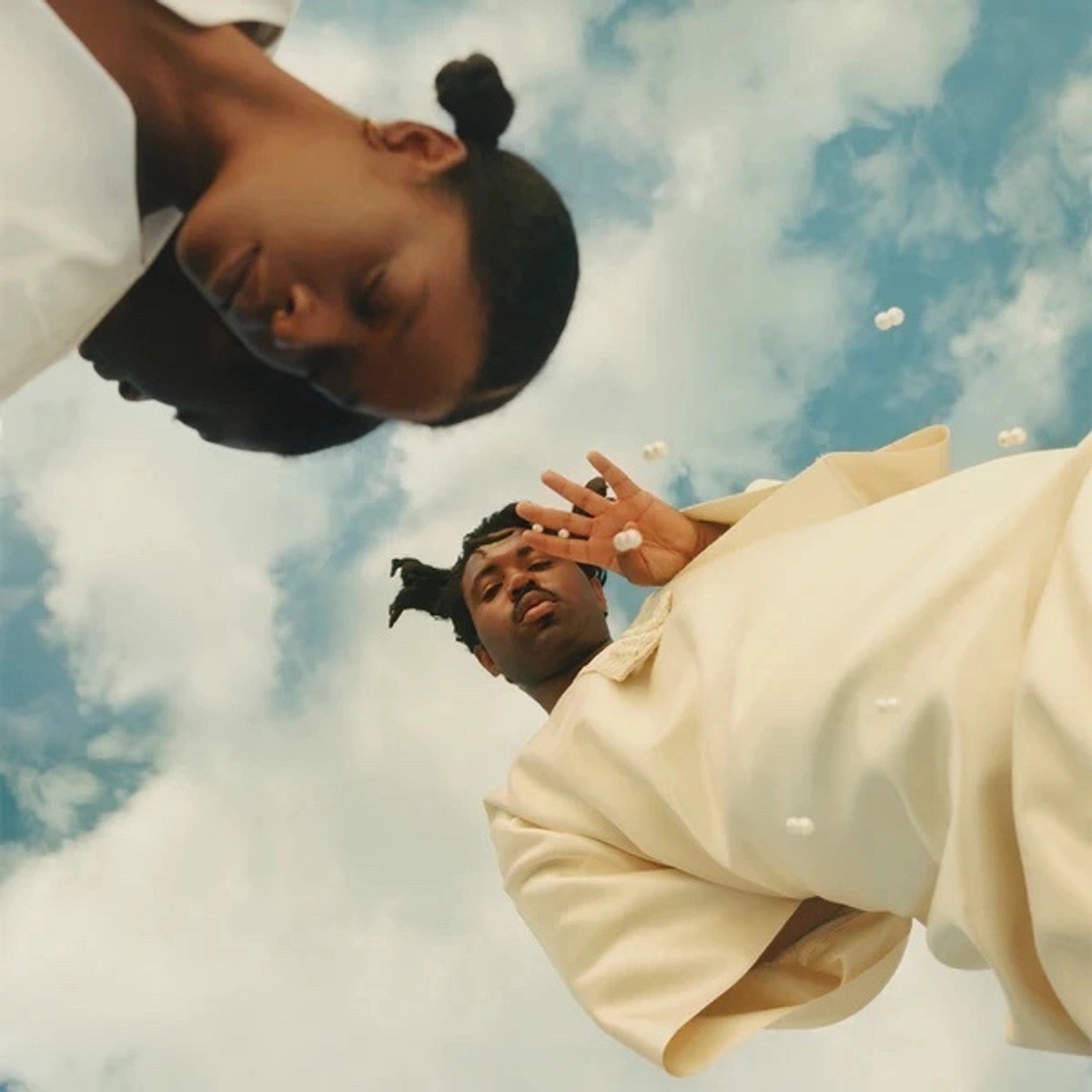
Sampha, Lahai (20 October)
When Sampha released Process in February 2017, he was one of the buzziest, most intriguing vocalists in music, with a scant solo discography but high-profile features for SBTRKT, Drake, Solange and others. The mystery of what this talented singer, who defied easy genre categorization, would do on a full body of work was undeniably compelling, and he delivered. More than six years later, Sampha remains enigmatic, to the point that i-D got some of his best-known friends and collaborators to ask him questions about what makes him tick for a recent cover story. Lahai doesn’t contain a gut-punch ballad as singular as “(No One Knows Me) Like the Piano,” but it’s filled with rich ideas ranging from the different ways we process similar experiences (“Couldn’t stomach those blues you articulate, I’ve been / Acting like your actions are from outer space / But I understand that I’ve been out of place,” he sings on “Jonathan L. Seagull”) to the scariness of embracing love (“Still a mystery the feelings I ignore / Like running from what I’ve been looking for,” Sampha says on “Suspended”).
All of this is framed within elegant, ambitious production, where rich piano chords mingle with jittery hi-hats and Sampha’s vocals decay beneath digital effects. Waiting six years to release a follow-up album is pretty much unheard of in today’s rapid music landscape, but Sampha is an artist who operates on no one’s schedule but his own. And the wait for Lahai was very much worth it.

Wild Nothing, Hold (27 October)
On Hold, Jack Tatum does something he’s never really achieved in his 15 years making music as Wild Nothing: he’s made a record to shake your ass to. Hold, the Virginia outfit’s first record in over five years, eschews the gorgeous, melancholy indie approach of early records like Gemini in favour of plunking bass lines, 80s synths and nimble tempos. But Hold is more than just pure escapism, as songs like “Basement El Dorado” show Jack’s social conscience, singing, “I have to think there’s a reason for all this suffering / I’d like to believe in a life with a Disney ending” atop a Ghostbusters-y bass riff.
At different moments, Hold feels influenced by artists ranging from Jai Paul to Toro y Moi to Hall and Oates. The growth of dance music as a tendril of mainstream pop has been well-documented, but it’s a blast to hear it employed by an indie auteur. Fans of Wild Nothing’s lush, pensive arrangements shouldn’t feel abandoned by this new sonic context, as tracks like “Presidio” and “Alex” harken back to earlier eras of the band.
The phylum of Pitchfork-approved, one-man-band indie artists is approaching legacy act status, and finding a successful twist on a well worn formula that doesn’t feel desperate is no easy feat. With Hold, Wild Nothing has discovered an intriguing way forward by looking to the past.
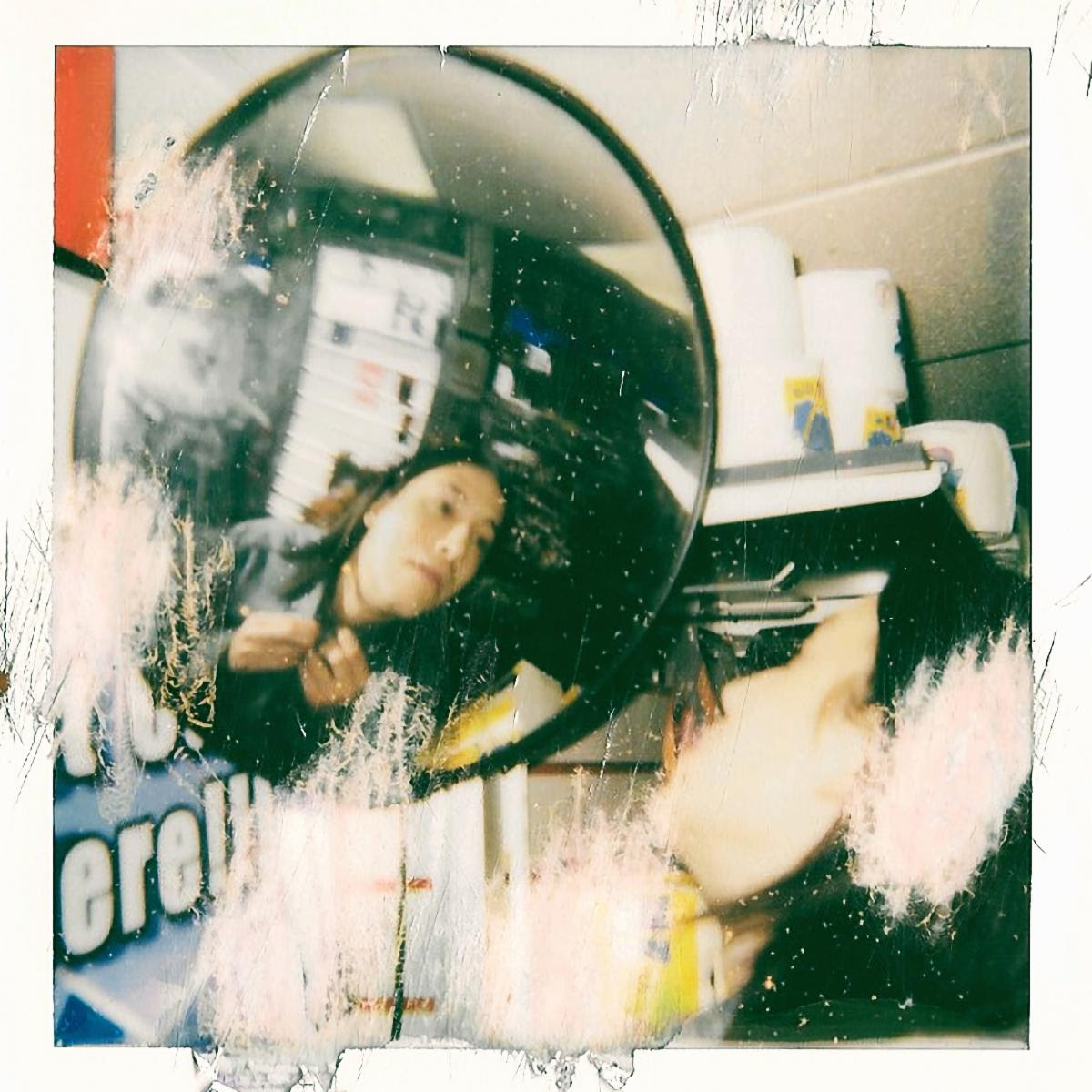
Sen Morimoto, Diagnosis (3 November)
Some artists make a career out of issue-driven, socially conscious music, but oftentimes the work that hits closest to home comes from an artist you didn’t expect to tackle the topics at hand. Sen Morioto, a Chicago multi-instrumentalist who has probably played on one of your favourite indie records, has always laid down gorgeous tracks, but lyrically he’s never sounded sharper and more inspired. The title track serves as a clarion call for people living on autopilot, taking aim not at the individuals, but the system at large. “Capital manipulates the labor / Make a bag, it feels like it’ll save you / The money never acts against its nature / Fuck the cops, the banks, the legislature,” Sen raps ferociously on the song’s second verse.
On the understated “Reality,” Sen reckons with the compromises artists like himself are encouraged to make for wider success. “Deconstructing my identity for opportunities / Just to pop up in your feed, be the first thing you see,” he sings, the lyrics particularly hitting home because his music has always eschewed easy categorization. But this is a Sen Morimoto album, and the fiery themes are balanced with elegant musical refrains, from the saxophone harmonies of “Pressure on the Pulse” to the D’Angelo-ian bassline on “Deeper.”
Despite its title, Diagnosis doesn’t see Sen attempting to present conclusive answers, the Chicago musician understands that sometimes the power comes from naming the problem, not trying to solve it. In the hands of a less gifted composer and arranger, Diagnosis would risk veering into preachiness, but Sen’s fiery resolve is balanced by enchanting chord progressions and rich instrumentation.




